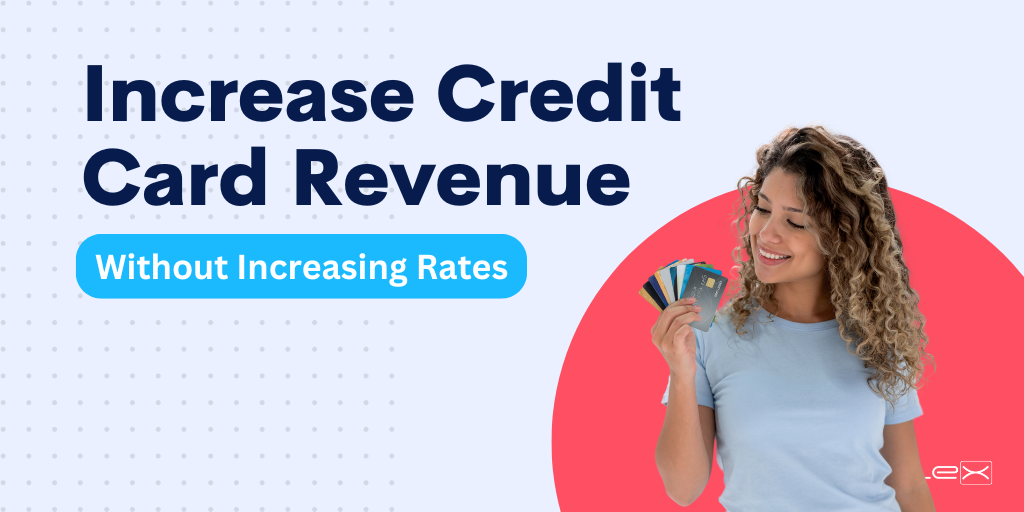The Pros and Cons of Indirect Lending
 Indirect lending has grown substantially over the past several years, especially with the auto lending market. While auto loans grew 18% between 2011 and 2016, other loans grew at just 10%. Today, auto loans comprise 35% of most credit union’s portfolios, however, we’re starting to see a shift where credit unions are backing off of indirect lending programs. It has become clear to the credit union industry that the benefits do not necessarily outweigh the drawbacks. Here are some pros and even more cons of indirect lending:
Indirect lending has grown substantially over the past several years, especially with the auto lending market. While auto loans grew 18% between 2011 and 2016, other loans grew at just 10%. Today, auto loans comprise 35% of most credit union’s portfolios, however, we’re starting to see a shift where credit unions are backing off of indirect lending programs. It has become clear to the credit union industry that the benefits do not necessarily outweigh the drawbacks. Here are some pros and even more cons of indirect lending:
What is Indirect Lending?
Indirect lending is a financial arrangement in which a financial institution, such as a credit union or bank, partners with third-party retailers or dealerships to offer loans to customers. While indirect lending is commonly associated with auto loans, it can also apply to other types of consumer loans like personal loans and even credit cards.
Pros of Indirect Lending
Advantages for your credit union:
- Convenience
Indirect lending is substantially more convenient for the buyer. They are able to communicate with the auto dealer directly, and don’t become the middleman trying to shuffle paper between the credit union and the dealership. - New Auto Volume
Building a relationship with dealerships will allow your credit union to have access to a consistent flow of indirect lending opportunities. Credit unions with a clear and efficient underwriting standard will allow profitability for both themselves and the dealer, thus cultivating a long-term relationship. - New Member Channel
Extending auto financing options to potential members each month bodes the opportunity onboarding members to your credit union. People seeking auto loans might need another loan or other financial solutions down the road, and if they received a good experience through your indirect lending program, then your credit union will be on their mind for future opportunities. - Easy to Score
These loans are easy to obtain. There is no shortage of members seeking auto financing, and auto loans come in with little to no effort on behalf of the credit union, which is a big reason why indirect lending has become so popular. - Fee Income
Credit unions may generate fee income from origination fees or other charges associated with indirect lending arrangements. - Diversification
By offering various types of loans, including auto loans, personal loans, and credit cards, your credit union can diversify its lending portfolio. This reduces the institution's risk by not relying solely on one type of loan.
Cons of Indirect Lending
Reasons to back away from these investments:
- Expensive
Indirect lending does not provide the best value. Cost of acquisition and the risk you take on could outweigh the potential rewards of this loan segment if mismanaged. - Low yield
Oftentimes, indirect loans have low APRs and lengthy payback periods. Although this is a great value for the borrower, it is not an ideal situation for the credit union. Auto loans often produce low yields which make the margin of error for defaulting, very small. - Higher delinquency, loss, and deficiency balances
Direct auto loans have proven to be less risky than indirect for credit unions. Direct loans tend to have higher rates and a lower average delinquency ratio. - The dealer’s motive
As a sales-centered industry, dealerships can be hyper-focused on increasing their numbers and making a sale. For them, the quality is not as important as quantity. Dealers are willing to take the risk on less than optimal applicants because they are not the ones who bear the loss should the borrower end up defaulting. - Ancillary insurance
Indirect lending allows the borrower to have less contact with your credit union, which means they won’t have the chance to explore other products or services you have to offer. Insurance obviously couples well with auto loans, and without speaking to the member, they’re going to obtain that elsewhere, if at all. - Members... just for now
The numbers are in and very few members, through the indirect channel, become meaningful, long-term members. Typically those seeking auto funding are shopping around and looking for the best possible deal. For this reason, it’s unlikely they will turn into lifelong members, or even return to your credit union for another loan. Only 2% to 3% of indirect loan members open another account or take out another loan. - High turnover and low ROA
The auto business is a high-turnover industry, and so is auto lending. Cars lose value quickly, and people buy and sell their vehicles more frequently, especially now that leasing is more popular. This leads to refinancing, and ultimately poor returns for the lender.
Do Indirect Lending the Right Way
Although indirect lending is a quick and easy way to increase loan volume and opportunities to generate members, the cost of these investments is higher than at first glance. Car sales have been fast-growing since the Great Recession, which means auto loans have done the same. Despite this, they have not proven to be the best investment. Rather than shy away from indirect lending completely, look at the quality of the opportunity and work with dealers you trust. This will cut back on the negative elements expressed above, and optimize indirect lending opportunities for your credit union.



